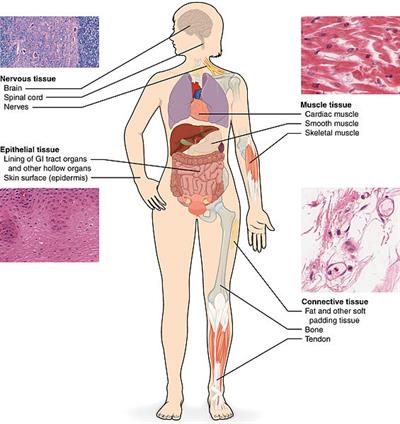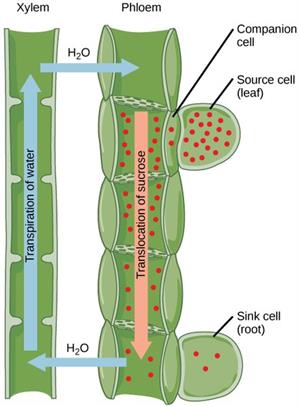PDF chapter test TRY NOW
If we see a house, we perceive the place as a whole thing. But if we see it closely, we can see the bricks with which the entire house is built. Similarly, every organism we see around is made up of a basic building unit called a cell.
- Can perform exchanging of gases,
- Can take food from outside environment,
- Can digest food particles,
- Can excrete the waste materials.
But for multicellular organisms like animals and plants, different functions are performed by various cells, and all the cells are specialised to carry out specific functions. Since these cells carry out only a particular function, they do it very efficiently.
At present, the question here arises:
- What is meant by a tissue?
- How the different groups of cells to form a tissue?
- How are they interlinked?
- How they perform specialized functions?
So, the answer to the question is, multicellular organisms grow and proliferate to form a group of cells. These groups of cells or cluster of cells is termed as tissues. These tissues are arranged and designed to give the highest possible efficiency of the function they perform.
In human beings,
- Muscles cells are used for movement
- Nerve cells are used to carry messages across the body
- Blood cells are used to transportoxygen, food, hormones and waste material throughout the body, respectively.

Different types of animal tissues present in the human body
In plants, vascular tissues like the xylem and phloem conduct food and water to different parts of the plant. So, multicellular organisms have a division of labour among cells to perform their various functions. Cells specialised in one function are of no use if they are scattered in different system regions. So they are grouped at a particular region of the body to do a specific function.

Transport of water and solutes in plants
This groups of cells are called tissues. Likewise, tissues group and combine to form organs, and organs make organ systems. All tissue cells have a common origin, whether the tissue is simple or complex. Blood, phloem and muscles are a few examples of tissues.
The structural and functional organisation of cells in plants and animals is different. Plants remain firm and not readily movable, while animalsmove as per their requirements for eating food, reproduction, and sheltering.
In this chapter, we will learn about distinct types of tissues found in plants and their functions.
- Histology is the study of the microscopic components of cells and tissues of plants and animals.
- The term 'Histology' is acquired from the Greek, "histos" refers tissue and "logos" refers study.
- The word 'tissue' was coined by Grew in \(1682\).
- Marie Francies Xavier Bichat was a Anatomist and Pathologist, he is considered as the Father of Histology. He differentiate around \(21\) types of tissues, from which the organs of the human body formed.
Important!
Reference:
https://commons.wikimedia.org/wiki/File:401_Types_of_Tissue.jpg
https://commons.wikimedia.org/wiki/File:Figure_30_05_07.jpg
